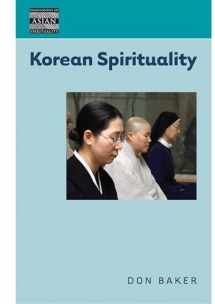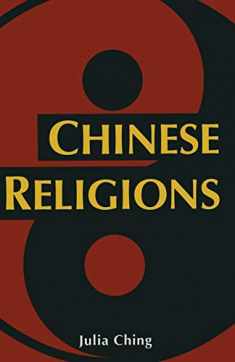
Korean Spirituality (Dimensions of Asian Spirituality, 5)
Book details
Summary
Description
Korea has one of the most dynamic and diverse religious cultures of any nation on earth. Koreans are highly religious, yet no single religious community enjoys dominance. Buddhists share the Korean religious landscape with both Protestant and Catholic Christians as well as with shamans, Confucians, and practitioners of numerous new religions. As a result, Korea is a fruitful site for the exploration of the various manifestations of spirituality in the modern world. At the same time, however, the complexity of the country’s religious topography can overwhelm the novice explorer.
Emphasizing the attitudes and aspirations of the Korean people rather than ideology, Don Baker has written an accessible aid to navigating the highways and byways of Korean spirituality. He adopts a broad approach that distinguishes the different roles that folk religion, Buddhism, Confucianism, Christianity, and indigenous new religions have played in Korea in the past and continue to play in the present while identifying commonalities behind that diversity to illuminate the distinctive nature of spirituality on the Korean peninsula.


We would LOVE it if you could help us and other readers by reviewing the book
Book review





